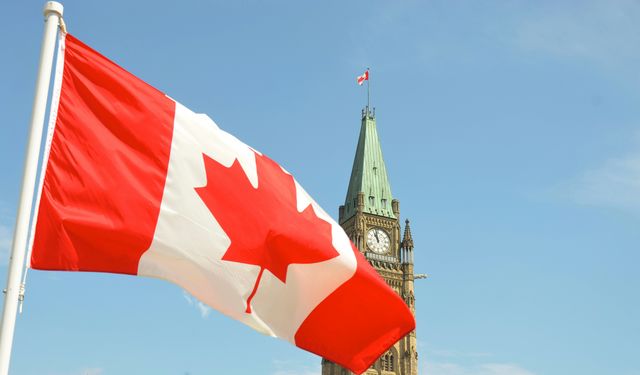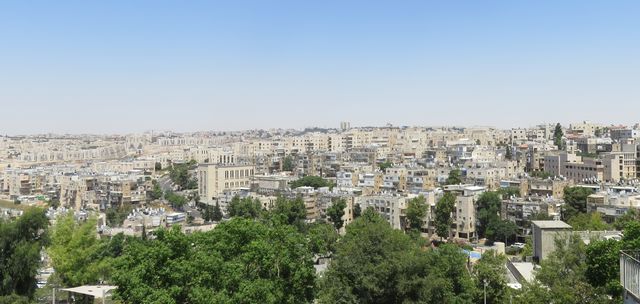Delayed or canceled flights
US air travel laws protect passengers when flights are overbooked or there are luggage issues, but do not require airlines to provide compensation for delayed or canceled flights. However, it may be worth asking the airline for compensation as a goodwill gesture. In many cases, you could be entitled to higher compensation rates under the laws of the departure or destination country. See below.
Our guide can help you determine if you qualify. When filed through us, claims are thoroughly reviewed to get passengers the maximum compensation they are owed.
Denied Boarding
If you ever find yourself in the dreaded situation of being denied boarding on an overbooked flight, you’re entitled to compensation under U.S. law. The amount depends on a few key factors:
– Flight departed from a U.S. airport.
– Domestic or international flight? Different rules apply.
– How delayed will you be at your destination if rebooked? The longer the delay, the higher the compensation.
– Ticket price. They calculate based on how much you paid.
So while involuntary bumping is no fun, at least you can get some sizable cash out of it. Just be sure you know your rights when it happens!
|
Delay in arrival with alternate flight |
Domestic flight |
International flight |
|
Less then 1 hour |
0 |
0 |
|
1 to 2 hour arrival delay |
200% of one-way fare (limited to $775) |
200% of one-way fare (limited to $775) |
|
Over 2 hour arrival delay |
400% of one-way fare (limited to $1,550) |
200% of one-way fare (limited to $775) |
|
Over 4 hour arrival delay |
400% of one-way fare (limited to $1,550) |
400% of one-way fare (limited to $1,550) |
When will I receive compensation if I am eligible to receive it?
Following a bumping incident, airlines must offer passengers compensation at the airport on the same day.
If the airline provides substitute transportation that leaves the airport before the airline can pay the passenger, the airline must pay the passenger within 24 hours of the bumping incident.
More information: https://www.transportation.gov/individuals/aviation-consumer-protection/bumping-oversales
Tarmac Delays
What is a “Tarmac Delay”?
- A tarmac delay occurs when an airplane on the ground is either awaiting takeoff or has just landed and passengers do not have the opportunity to get off the plane.
The Department’s tarmac delay rule applies only to tarmac delays that occur at U.S. airports. Additionally, DOT requires only “covered carriers” to comply with the tarmac delay rule. A “covered carrier” is any airline that operates at least one airplane with a seating capacity of 30 or more passenger seats to, from, or within the United States. For the purposes of this webpage, we refer to “covered carriers” simply as “airlines.”
Although passengers who experience an extended tarmac delay at a foreign airport while flying to the U.S. may be protected from extended tarmac delays by the laws of another nation, they are not protected from extended tarmac delays by U.S. law.
Opportunity to Leave the Plane
How long can an airline keep me on a DEPARTING flight before the airline is required to start moving the airplane to a location where passengers can safely get off?
- For flights departing from a U.S. airport, airlines are required to begin to move the airplane to a location where passengers can safely get off before 3 hours for domestic flights and 4 hours for international flights.
How long can an airline keep me on an ARRIVING flight without providing me with an opportunity to get off of the airplane?
- For flights landing at U.S. airports, airlines are required to provide passengers with an opportunity to safely get off of the airplane before 3 hours for domestic flights and 4 hours for international flights.
Are there any exceptions to these requirements?
- Yes. Exceptions to the time limits are allowed only for safety, security, or air traffic control-related reasons. You should not exit the airplane unless told by the airline that you can do so safely.
If an airline offers me the opportunity to get off the airplane during a tarmac delay and I choose to get off, is the airline required to let me back on the airplane?
- No. Passengers should be aware that if they choose to get off the airplane during a tarmac delay, airlines are not required to let them back on the airplane. The flight may take off without them and passengers may be responsible for finding another flight.
- If passengers decide to exit the aircraft during a tarmac delay and the aircraft eventually takes off for its intended destination, the airline may not be required to offload any passenger’s checked bags before the plane takes off. Passengers will need to contact the airline about returning their checked luggage at a later time.
Food and Water
Are airlines required to provide me with food and water during a tarmac delay?
- Yes. During a tarmac delay, airlines must provide you with a snack, such as a granola bar, and drinking water no later than two hours after the start of the tarmac delay.
Do airlines have to give me a full meal during a tarmac delay?
- Airlines do not have to serve passengers full meals during a tarmac delay, even if the tarmac delay lasts for a lengthy period of time. However, airlines must have or must obtain enough food and drinking water to provide a serving to all passengers onboard the aircraft during the delay.
Do I always have a right to food and water during a tarmac delay that lasts two hours or longer?
- The only instance in which an airline is not required to hand out food and water to all passengers during a tarmac delay that lasts two hours or longer is when the pilot determines that food and water service cannot be provided due to safety or security reasons. For example, when an airplane is taxing on an active runway, it may be unsafe for flight attendants to hand out food and water.
Updates and Notifications
How will I know if I’m allowed to get off the plane during a tarmac delay?
- If the airline determines that passengers can safely get off the plane during a long delay, it must timely notify passengers that they can choose to get off the plane. The pilot or a flight attendant will typically make an announcement via the airplane’s speaker system, but flight attendants may also walk the aisles of the aircraft to notify passengers.
What other information is the airline supposed to tell me?
- Airlines are required to provide passengers with a notification regarding the status of the delay when the tarmac delay exceeds 30 minutes. Thereafter, airlines may provide subsequent updates, including flight status changes, as they deem appropriate.
Other Assurances
What are my other rights during a tarmac delay?
- During a tarmac delay, airlines are required to provide:
- Working toilets;
- Comfortable cabin temperatures; and
- Adequate medical attention, if needed.
To access the federal regulation implementing these rules, click here.







